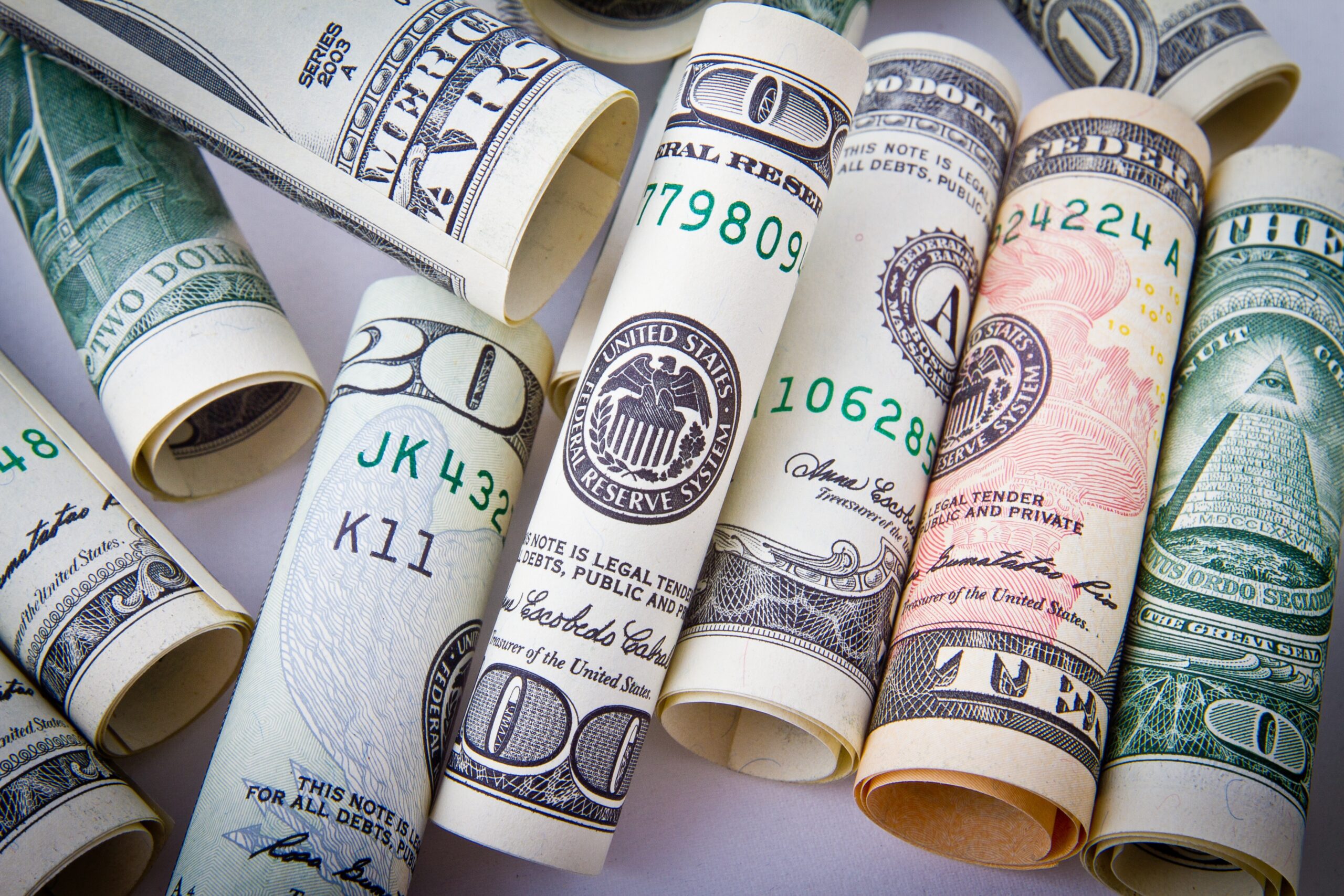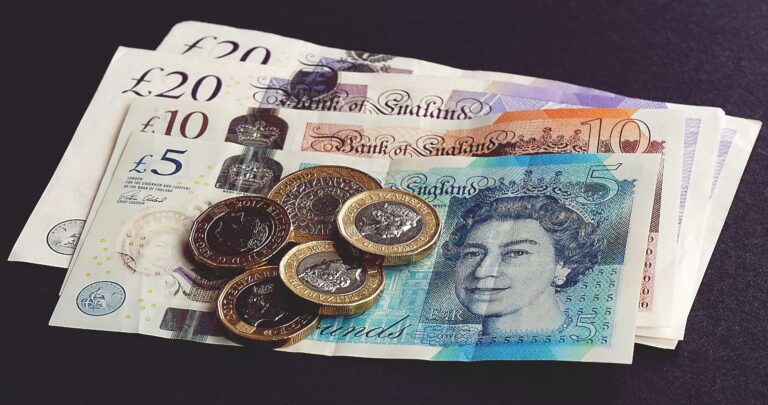
Daily Brief – Just a Tweet Away
Just a Tweet Away
The week ahead will prove to be light on the data front. There is still the possibility of some data surprises coming from US growth and EU inflation on Thursday and Friday respectively. However, by and large the FX market will have to take its direction from elsewhere this week. Despite a stunted recovery in the US Dollar on Friday, the Dollar index still recorded its third consecutive week of losses.
Some of the weakness that is emerging in the US Dollar is undoubtedly a result of an unwinding of Dollar longs that characterised January. In turn, it is highly likely that a discount to the threat of tariffs is at least partially responsible for this rotation away from the greenback. As a result, tariff risks are likely being underpriced. We can see evidence of this eroding or missing risk premium in currencies other than the Dollar also.
Those currencies at high risk of depreciation should President Trump’s reciprocal tariffs materialise include the Euro, Brazilian Real, Indian Rupee, Thai baht, Canadian Dollar and Mexican Peso to name but a few. There is little to no discernible risk premia evident within the valuations of such currencies that would be attributable to tariffs. The decision to delay the imposition of tariffs on China and Mexico took place on 4th February and offered an extension of 30 days. With that deadline moving into focus in just one week’s time, USDCAD and USDMXN both trading at what is to date the month’s lows which means they could face buying interest.
Discussion and Analysis by Charles Porter

Related Insights

Daily Brief – Oil Price
Oil Price Pre TT or Trump Tariffs, the oil price seesawed around but mostly reverted to its mean over a few trading sessions unless a major piece of economic, political or trade news arose. All that has gone out of the window with steady declines in session after session, so in case you have been […]

Daily Brief – Asia on Fire
Asia on Fire The TWD or Taiwan Dollar has scarcely featured in most FX traders’ consciousness until the past four weeks, when the NTD has roared up over 10%. The Korean Won has managed a respectable 6%, the Thai Baht and the Malaysian Ringgit 5% and the Singapore Dollar 4%. So what’s behind it? The […]

Daily Brief – British Pound
British Pound Whenever one reads a headline such as Sterling at a 38 month high versus USD, the tendency is to assume that GBP is due for a hubristic fall after that particular piece of pride. However this time it might just be different with no sign that USD has turned a corner and is […]


 Humphrey Percy
Humphrey Percy